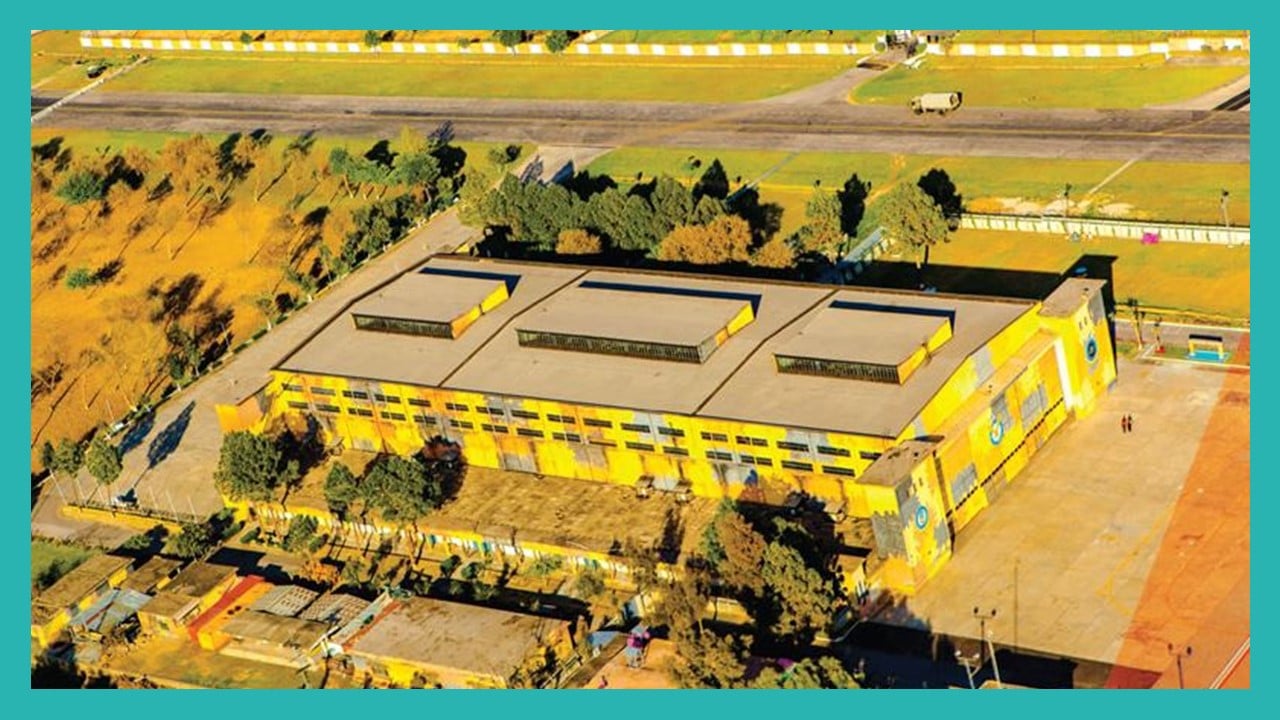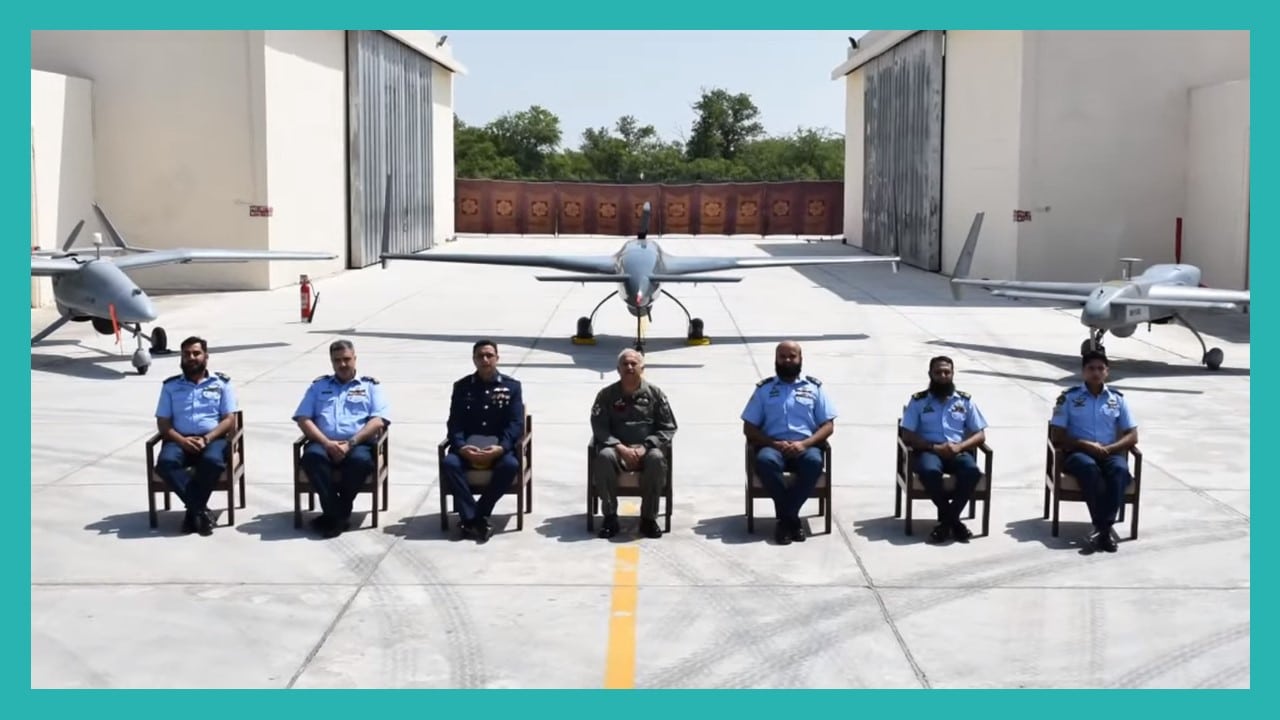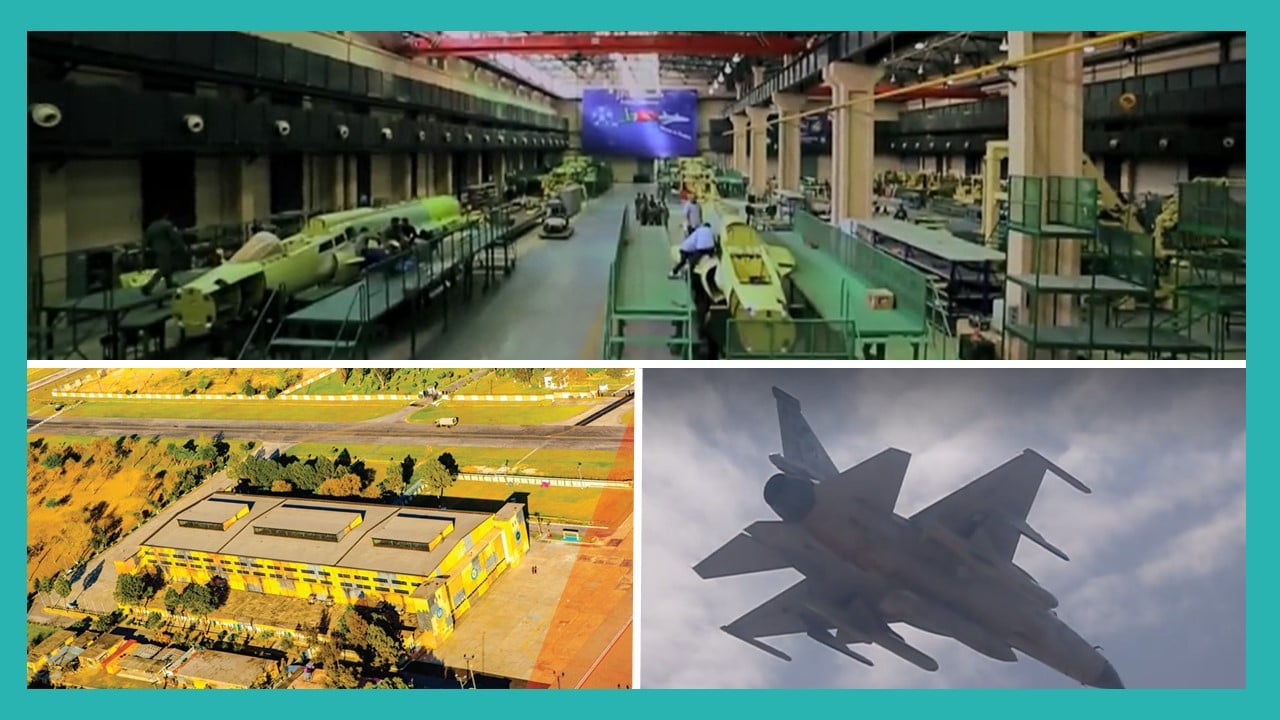From the onset, Pakistan Aeronautical Complex (PAC) cannot – and should not – try mimicking the USAF’s approach. However, it can learn important lessons from the U.S.’ use of digital engineering, and the Digital Century Series fighter designs, but work within Pakistan’s…
Pakistani industries and universities advertise deep & fruitful industry-academia linkages in their promotional materials. However, one struggles to see the fruits of these so-called linkages in either academia or industry. The results are not apparent.
The central goal of Pakistan’s ‘Project Azm’ is the development of a fifth-generation fighter aircraft (FGFA). Since the first announcement of Project Azm in 2017, the Pakistan Air Force’s (PAF) Air Staff Requirements (ASR) for the FGFA seem to have undergone several…
The importance of unmanned aerial vehicles (UAVs) in the modern battlespace is widely recognized in our times. With the success that UAVs have had in military operations in Libya and Syria, the importance of UAVs has become abundantly clear to today’s planners.
Unfortunately, the entities under Pakistan’s Strategic Plans Division provide many examples of what not to do in R&D organizations. Therefore, a quick study of the practices of the SPD’s organizations is extremely helpful in charting a future path for PAC’s AvRID directorate.
In this article, we will attempt to outline broad goals of this FDCI, and the ingredients needed to establish such an institute keeping in mind various practical aspects.
Major fighter-jet producers have extensive flight dynamics and control groups and invest heavily in flight dynamics and control technologies and human resource. The lack of emphasis on this key technology in the institutional breakup for Project Azm is concerning.





